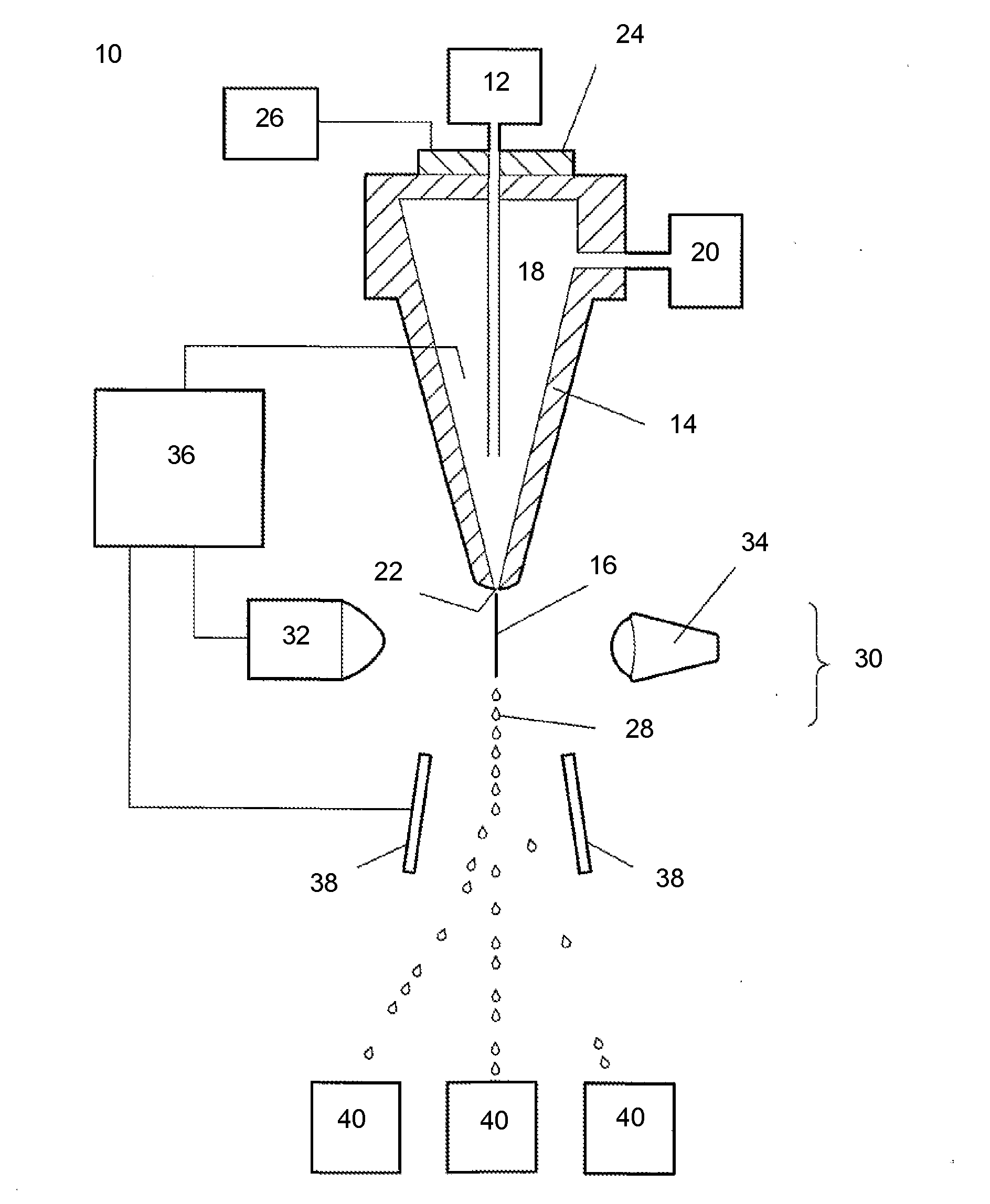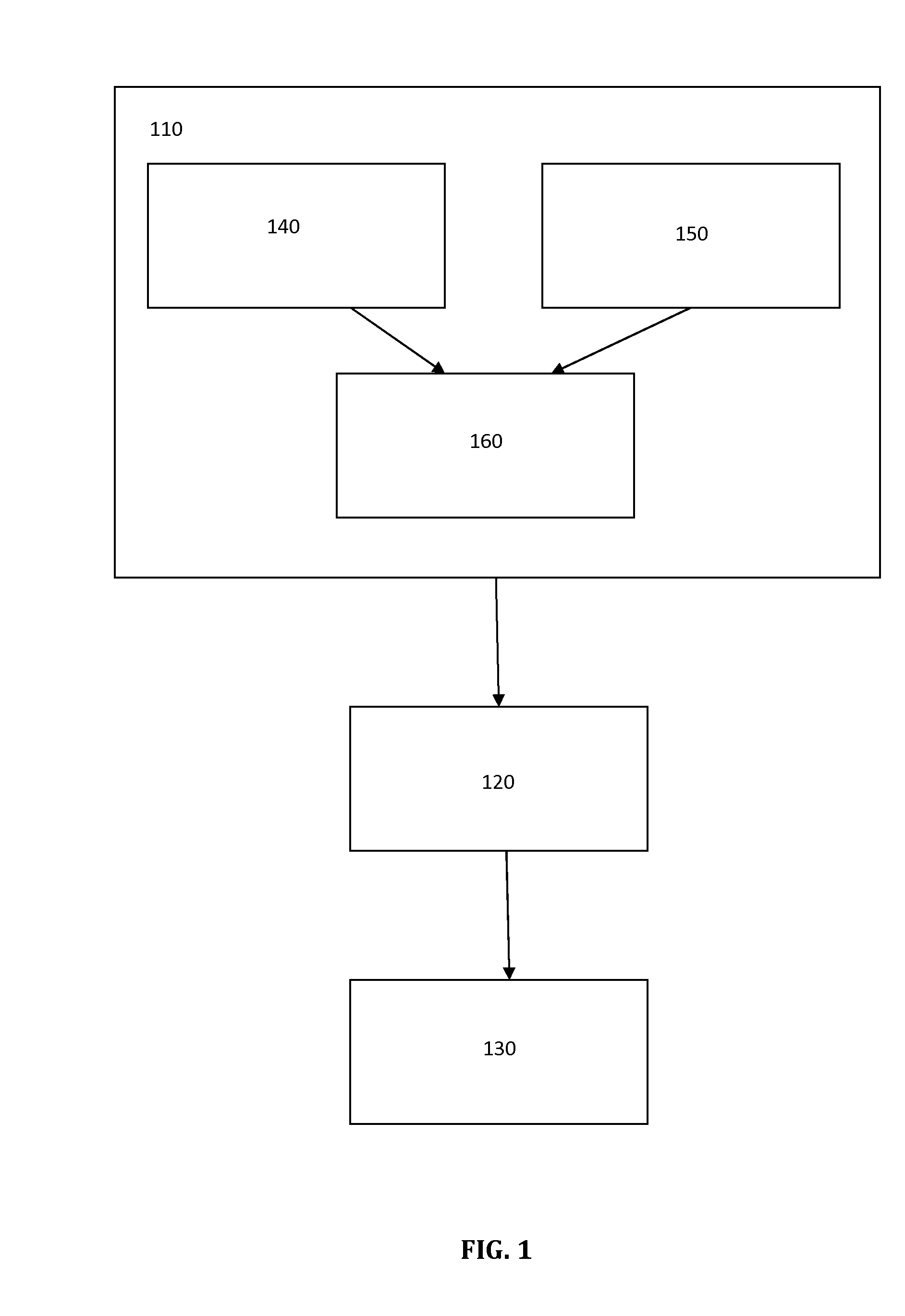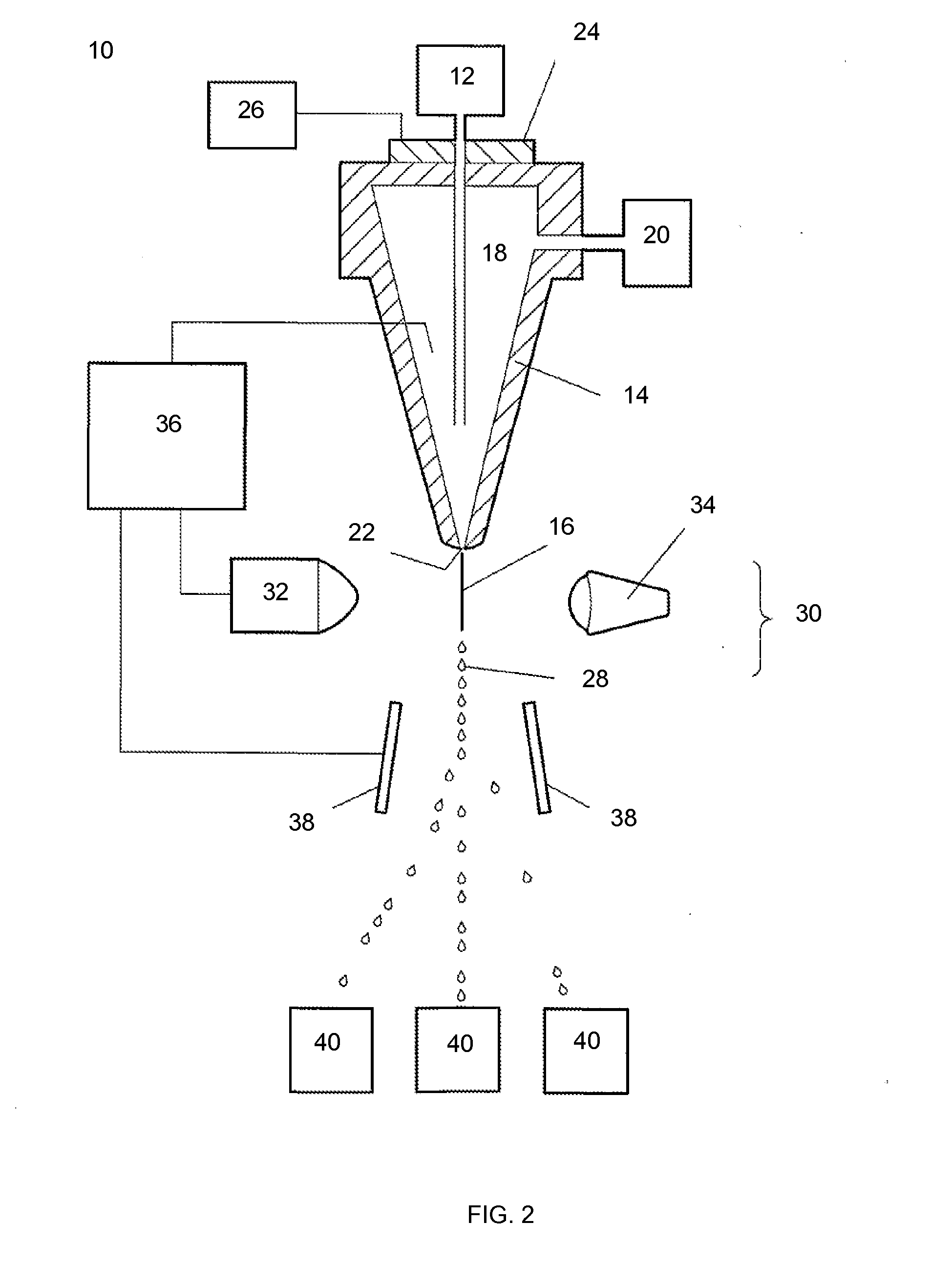Twinning with sex sorted sperm
a technology of sex sorted sperm and twinning, which is applied in the field of assisted reproductive technology, can solve the problems of reducing the productivity of all animals, limited methods, and limited improvements in the speed at which a herd can grow, and achieve the effect of boosting the population growth of a herd
- Summary
- Abstract
- Description
- Claims
- Application Information
AI Technical Summary
Benefits of technology
Problems solved by technology
Method used
Image
Examples
example 1
[0038]Bos indicus cows and heifers (n=25), under free range grazing in the humid tropical zone of Mexico, with body condition scores from 2.6 to 3.6 on a scale of 1 to 9 were used as recipients. The cows and heifers were isolated from bulls for 50 days before synchronization and supplemented 30 days before beginning the protocol with 2 kg commercial feed with 18% protein, 80 g of mineral salts, and 40 ml of corn oil daily until pregnancy diagnosis. The feed, minerals, and vaccinations were the same for all cows and heifers. The following treatment was utilized: Day 0—application of an intravaginal device (ID) with 1.9 g of progesterone (P4), 1 mg IM of Estradiol Benzoate (EB) and 7 ml of Selenium-ADE vitamins IM, Day 8—removal of the ID, 0.15 mg PGF2α IM and 300 i.u. eCG IM, and Day 9—0.5 mg / ml IM of EB. Day 10 was considered the day of estrus. On day 17, for the 23 cows and heifers having a corpus luteum (CL), two fresh sexed semen IVF derived embryos were transferred to the uterin...
example 2
[0040]Four separate trials were performed in bovine, in a manner similar to Example 1. In each trial cows in their first lactation were used as recipients. Cows where synchronized with a hormonal protocol and implanted with a sex-selected embryo. In each of Trial 1, Trial 2, and Trial 3, the embryos used where frozen / thawed embryos fertilized from sex-sorted sperm. In Trial 4, fresh embryos produced from an IVF procedure with sex-sorted sperm were implanted in the first lactation cows.
Preg-EmbryosTransfersnanciesPreg-TwinsTwinsNo.No.No.nancies %No.%Trial 1144722636831Trial 268341544640Trial 31346723341357Trial 421010562591423
The pregnancy rates of 36%, 44%, and 34% in Trials 1, 2, and 3, respectively may have largely been due to the fact frozen / thawed embryos do not perform as well as fresh embryos. The percentage of twins in these trials ranged from 31% to 57%, meaning the overall birthing rate was better than would have otherwise been expected. Trial 4 produced only 23% twins, but...
PUM
 Login to View More
Login to View More Abstract
Description
Claims
Application Information
 Login to View More
Login to View More - R&D
- Intellectual Property
- Life Sciences
- Materials
- Tech Scout
- Unparalleled Data Quality
- Higher Quality Content
- 60% Fewer Hallucinations
Browse by: Latest US Patents, China's latest patents, Technical Efficacy Thesaurus, Application Domain, Technology Topic, Popular Technical Reports.
© 2025 PatSnap. All rights reserved.Legal|Privacy policy|Modern Slavery Act Transparency Statement|Sitemap|About US| Contact US: help@patsnap.com



